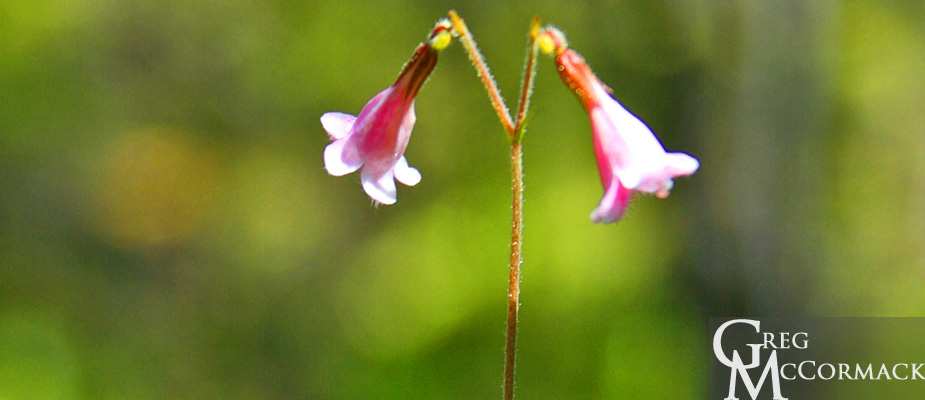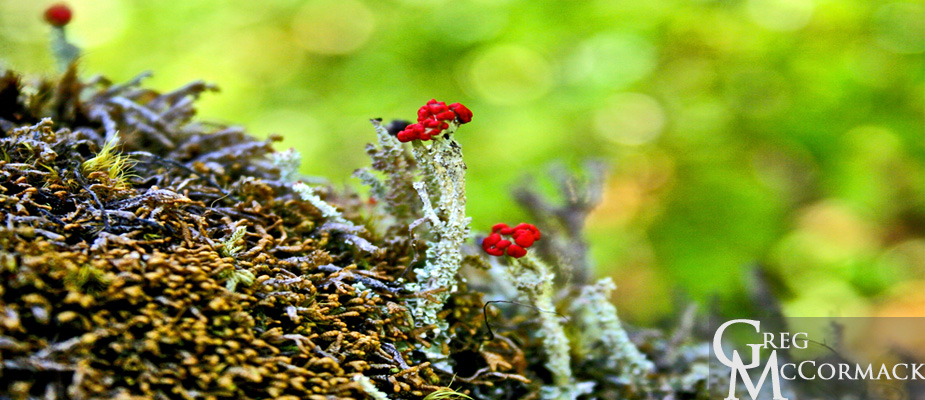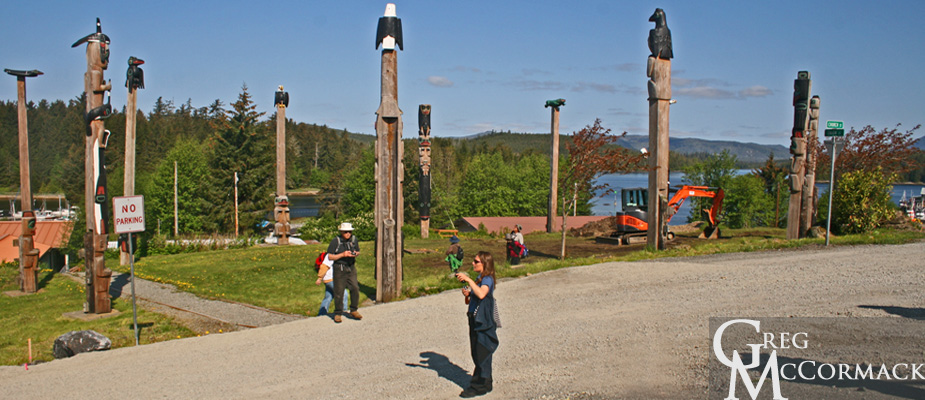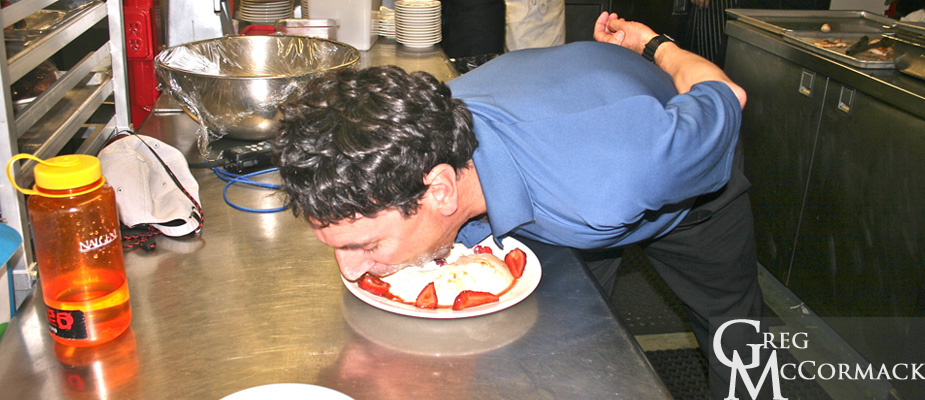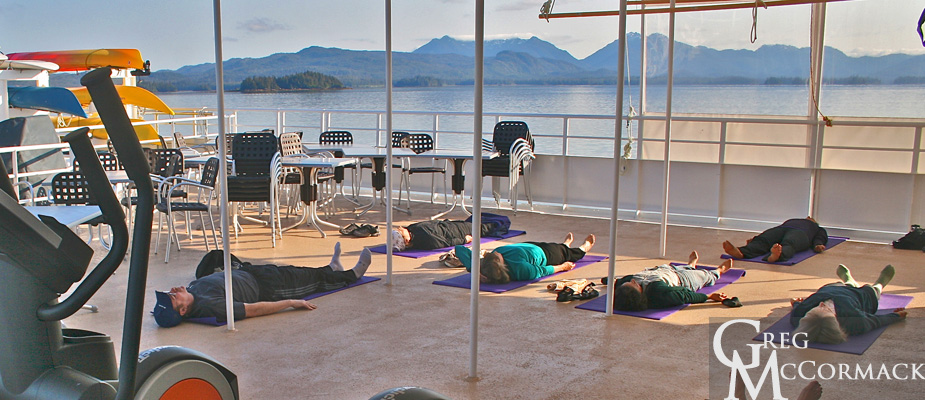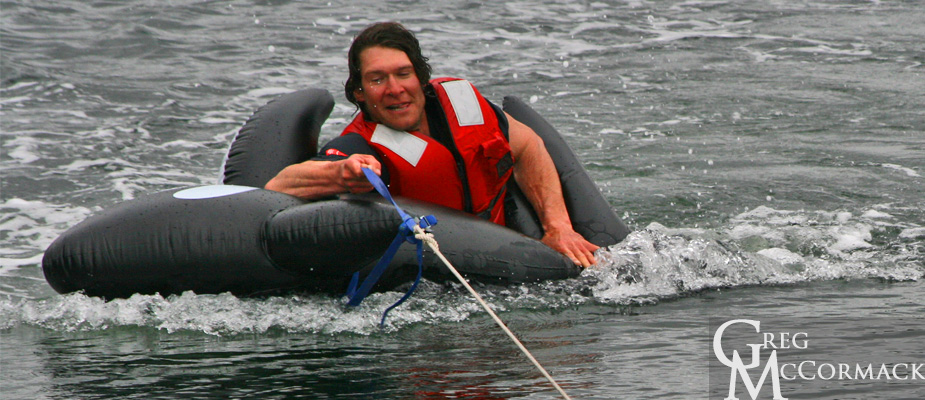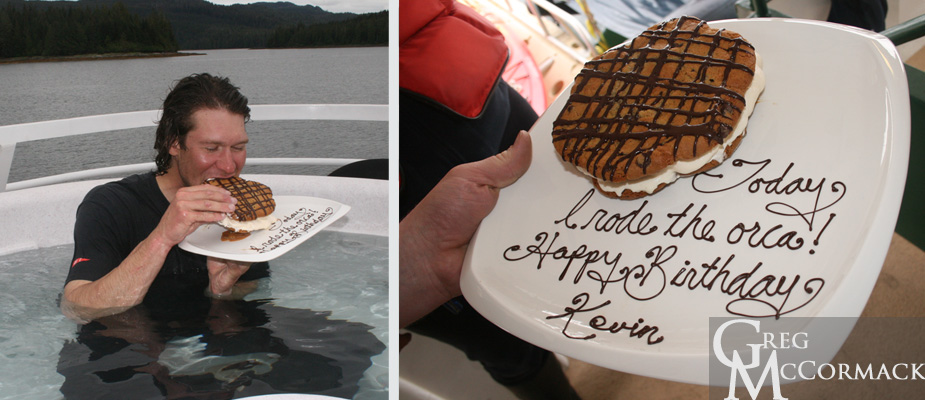Search results
Sunday | July 10
September 26, 2011 by admin
Filed under InnerSea Discoveries
El Capitan
“Everybody needs beauty as well as bread, places to play in and pray in, where nature may heal and cheer and give strength.” –John Muir “The Mountains of California”
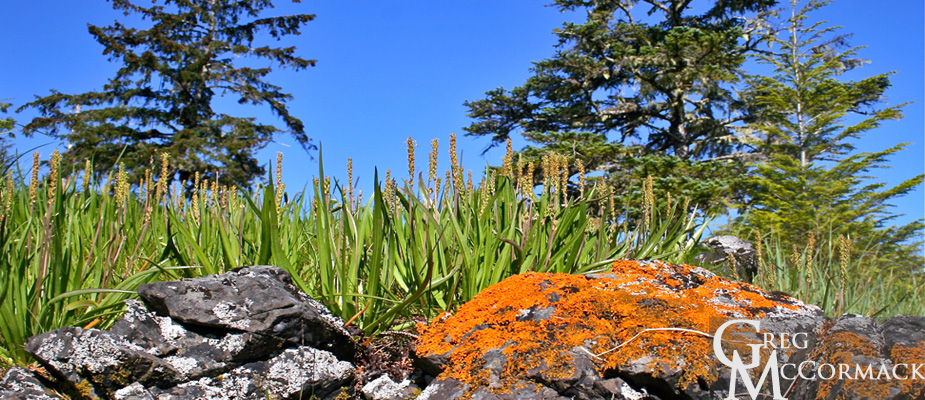
All of our guests are asked to go through our three “station rotation” trainings in kayaking, stand-up paddleboarding, small boat and bear safety.
Each “evolution” occurs in a different area of the ship (two in the lounge and one on the top deck).
After grabbing paddle jackets and depositing them in the lockers, adventure-seekers are ready for disembarking on our first full day of activities at Prince of Wales Island.
We anchor at the north end of El Capitan Passage where Dry Pass enters a bay approximately ½ mile wide by 3 miles long.
Despite the fact that there has been heavy logging in the past (clear cuts are visible along with a logging road on the north shore that leads to a small, private lodge), the place is peaceful and scenic.
My job this morning is to provide a “kayak clinic” for beginning kayakers out in the bay. I demonstrate paddling techniques, bracing, how to turn around, get the rudder up and down among other pointers.
“We could try the ‘Eskimo Roll’ if you’d like?”, I asked jokingly. The temperature of the waters here are in the high 40’s to low 50’s Fahrenheit, or about 10 degrees Celsius. If we were to practice rolling and submerging, we’d want to don dry suits.
Highlights along the shoreline include a Sitka black-tailed deer (doe with fawns) browsing on grasses above the beach wrack or strand zone, bald eagles at their nest, breaching salmon and best of all: Sunshine!
On our way back to the ship, I recruit other kayakers to help find macro-algaes, in particular the bull kelp. The pneumatocyst or air float can mimic the head of an otter, especially when there is a wind chop or swell on the sea surface. We find some un-attached Nereocystis leutkeana floating with its holdfast attached to a tiny rock. We haul it aboard and put it in a bucket for further examination later today.
In the afternoon I lead a less intense version of a forest walk that doesn’t include 367 steps up a steep hill to a cave.
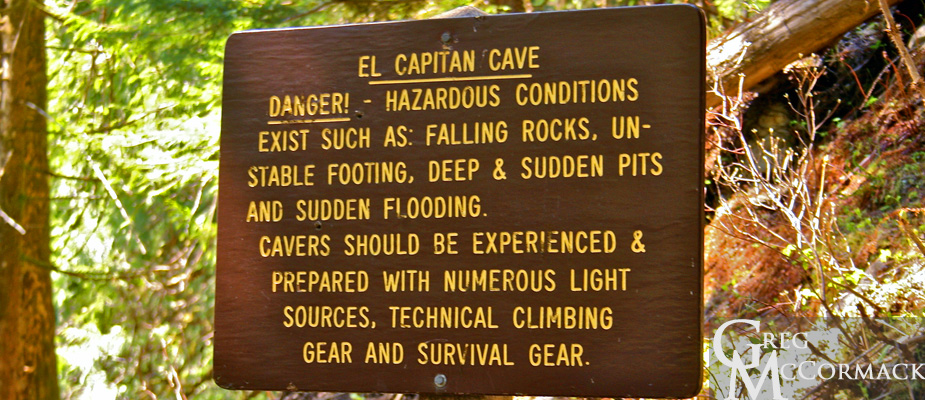
After my introduction explaining safety in bear country, I address my group of intrepid travellers with the theme for the day, one that has been a favorite of mine over the four decades that I’ve been leading interpretive walks:
“Folks, instead of hiking, we will saunter—serendipitously–along these Forest Service roads. Horace Walpole, a British writer in the mid-1700’s, wrote a fairy tale called the ‘Three Princes of Serendip’. They had a knack for the unexpected, for discovering things that they had no idea they’d find. So let’s use all of our senses and see what we might come across over the next 90-minutes.”
Our finds included the stinky raceme of the skunk cabbage, scatological findings from several mammals, squirrel pine cone middens, flowers, mushrooms and various birds that I identified “by ear”, amongst other delightful finds.
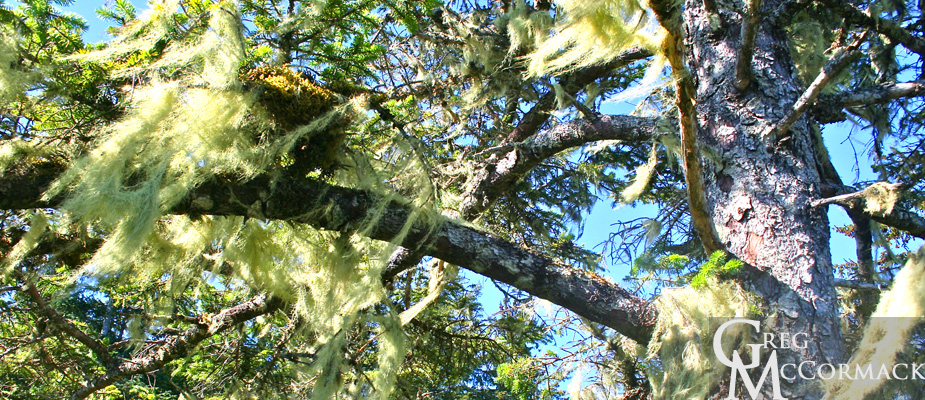
Back aboard, I give a talk entitled “The Multifarious Uses of Nereocystis leutkeana”, a demonstration of the marvelous seaweed called the “bull kelp”. There are a lot of histrionics involved, including audience participation and hand-held specimens.
Here’s a few of the highlights:
• Bull Kelp is an annual that can grow to 20 meters
• The range of this nearshore brown algae is from central California to Alaska
• The decimation of the (urchin-eating) Sea Otter by the Russians led to an increase in the herbivorous (kelp-loving) sea urchins and a subsequent decrease in kelp and what the kelp forest harbors, including many dozens of invertebrates and fishes
• Native American uses include food and medicine, and recreational uses including ceremonial speaking tube, musical instruments, siphoning hose, jump rope, lion tamer, target practice, etc.
I entertain folks by using a knife to cut the kelp specimens and volunteers entertain everyone by using the hollow stipe as a trumpet-like horn, bugling the announcement for dinner!
Monday | May 30th
July 28, 2011 by admin
Filed under InnerSea Discoveries
We visit the town of Klawock, south of El Capitan Passage on the windward side of POW Island. Our host, Les, takes all of our guests on a tour and has his niece Sidney and a young totem carver named James accompany us and interpret the Totem Park, totem-carving shed, ceremonial house and totem “graveyard” along the way.
After dinner, Lee our pastry chef made me a special dessert that I ate without any hands. Crew got a good laugh…it’s not the first time I’ve made a fool of myself.
Sunday | May 29th
July 28, 2011 by admin
Filed under InnerSea Discoveries
We motor through the wildlife-rich waters of Sea Otter Sound in the early morning. Our Wellness Instructor Leah offers one of her wonderful yoga sessions on the sunny Sun Deck to the delight of many of our guests.
We make it to El Capitan on Prince of Wales or POW Island in the late morning. Guests are shuttled to shore for one of the few dry landings of the entire summer. From there, a short walk across a logging road (over 2000 miles of logging roads exist on POW) to the U.S. Forest Service kiosk where 2 rangers await us with helmets and flashlights for our cave tour. But first, 367 steps uphill through a second-growth, and later an old-growth forest to the cave entrance.
I tell my group of spelunkers to be very careful in the cave and to watch out for the USD, the “unexpected and sudden deceleration”, i.e. bumping your head in the cave on the low ceiling!
On our way back to the ship, an unusual sight: Captain Marce pulls Chief Mate Kevin Martin around on an inflatable orca for a half-hour in the bay as part of his birthday celebration.
Lee our chef presents Kevin a huge ice-cream sandwich cookie to celebrate while Kevin warms back-up in the hot tub.
We motor south along El Capitan Passage and pay a visit to the floating dock of Michael and Kathy Sheets, of Alaska Gold Oysters, LLC. They give us an informative and delectable tour of their oyster farm. Located on a floating pier in a tucked away island cove on the west side of Prince of Wales Island, the tour is a big success with our guests as we all got to eat plenty of raw and delicious oysters.
They talk about their operations and permit with Alaska Department of Fish and Game. I ask about harmful algal blooms (HAB’s) and how often they occur. Apparently not too often. HAB’s are events where dangerous levels of plankton such as Pseudo-ntizschia release a toxin called domoic acid in the bodies of filter feeding animals such as mussels. The toxin can cause paralytic shellfish poisoning or PSP in people that eat contaminated bivalves.
Private business associations work in partnership with scientists and managers that monitor and study blooms of toxic algae that harm resources. Tests of plankton in waters are sent to labs and results determine when it is safe to harvest and eat shellfish.
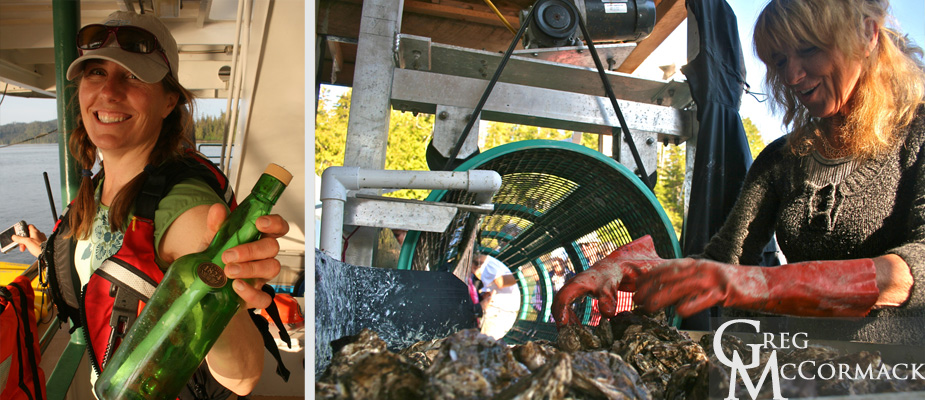
Laurie, one of our expedition guides, finds an MIB, or a “message in a bottle” floating in the sea on her afternoon kayak. She is very excited to read the note that offers a free cup of coffee in the town of Craig, just a few miles away from Klawock. We calculated that the bottle had been at sea for two weeks and covered less than 20 miles!


